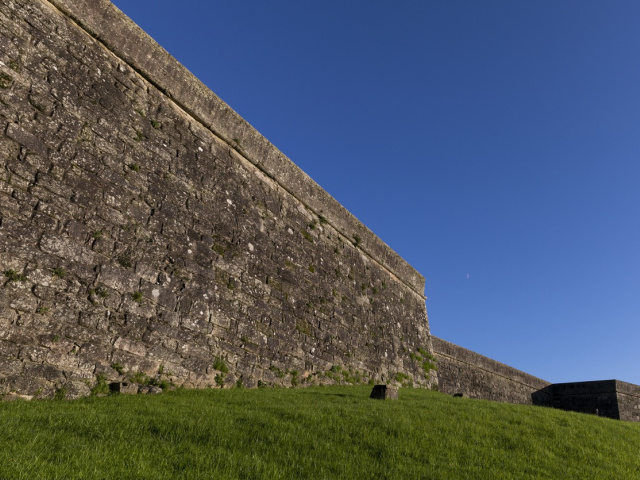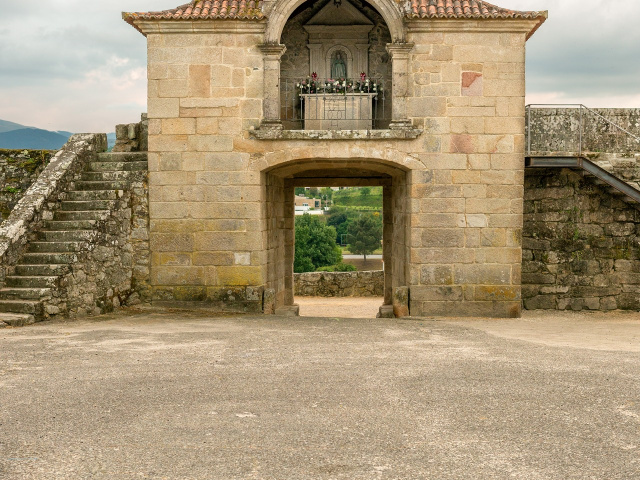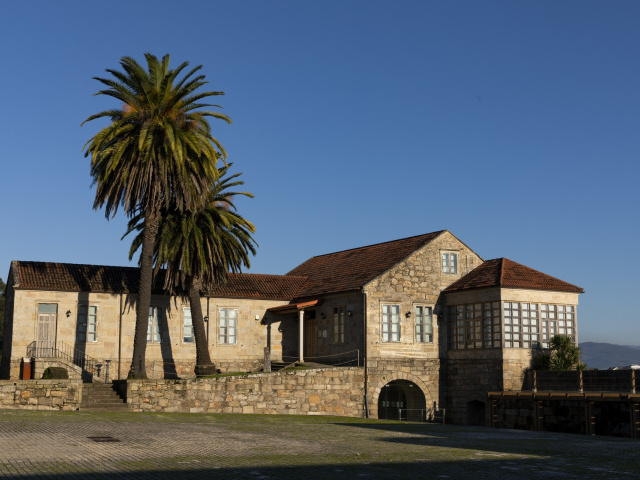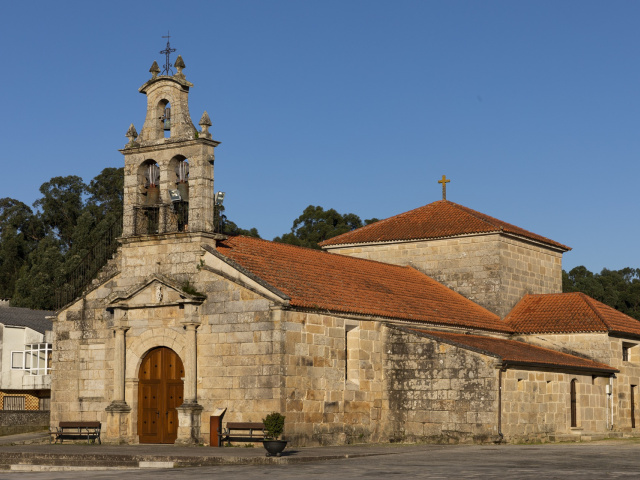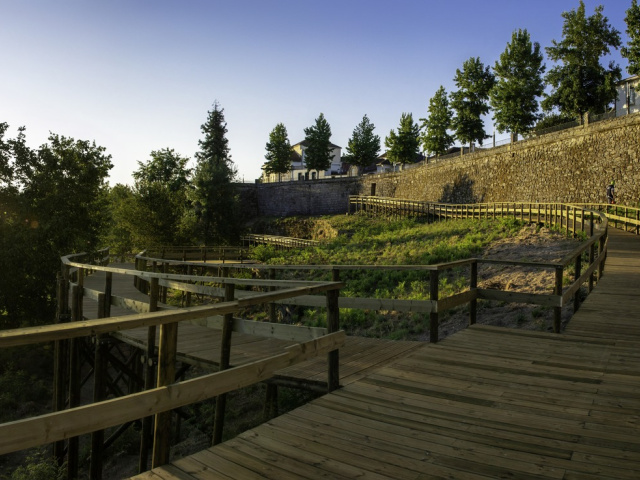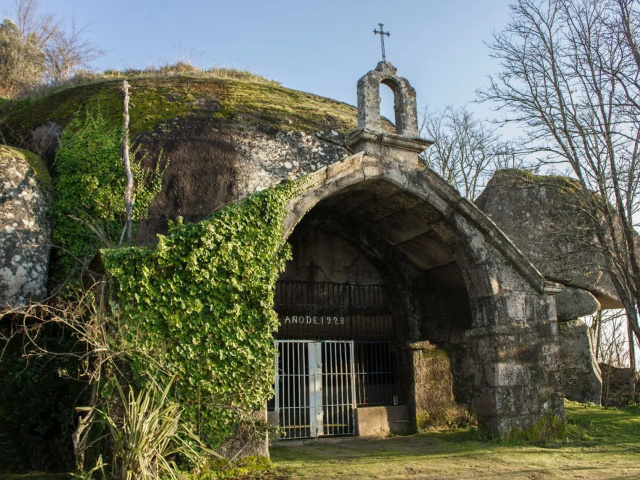Salvaterra Fortress
The cursed watchtower over the river Minho from the 10th century.
This construction dates back to the Middle Ages – around the 10th century – and consists of a walled enclosure with outbuildings forming an impressive watchtower over the river Minho.
Its history is intimately linked to a series of events that name some of its most characteristic rooms: the Palace of Doña Urraca, which indicates her presence in the fortress from where she planned her confrontations with Teresa of Portugal.
Also recorded is the presence in the south of the province of Pedro Álvarez de Sotomayor, alias Pedro Madruga, Count of Camiña, who found in Salvaterra the fitting frontier refuge for his disputes with Archbishop Fonseca.
Finally, its magnificent location and factory played a key role during the Portuguese uprising of 1640. The historical ensemble of Salvaterra is located on the southern side of the Praza O Castelo, covering about 9,700 square metres, which includes part of the walled enclosure with its sentry boxes, the Casa do Conde, the palace of Doña Urraca and the Ermida da Virxe da Oliveira, right next to the castle walls.
.





